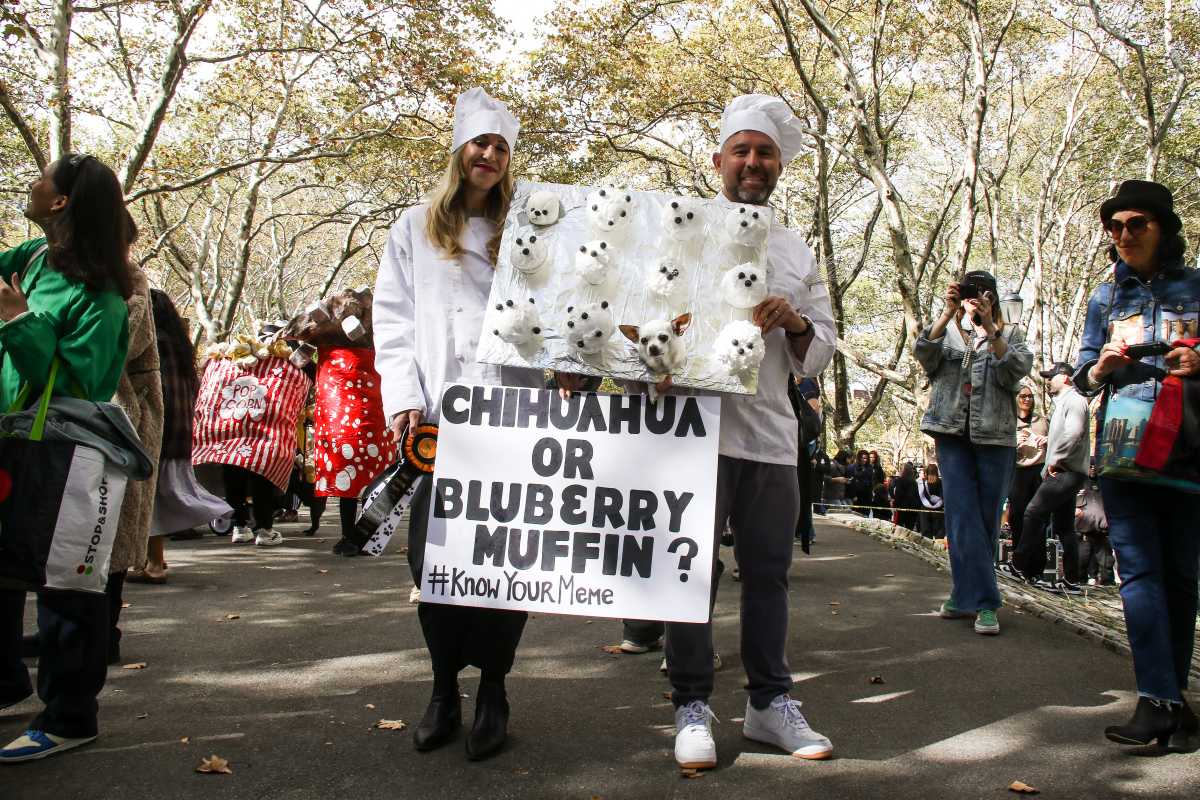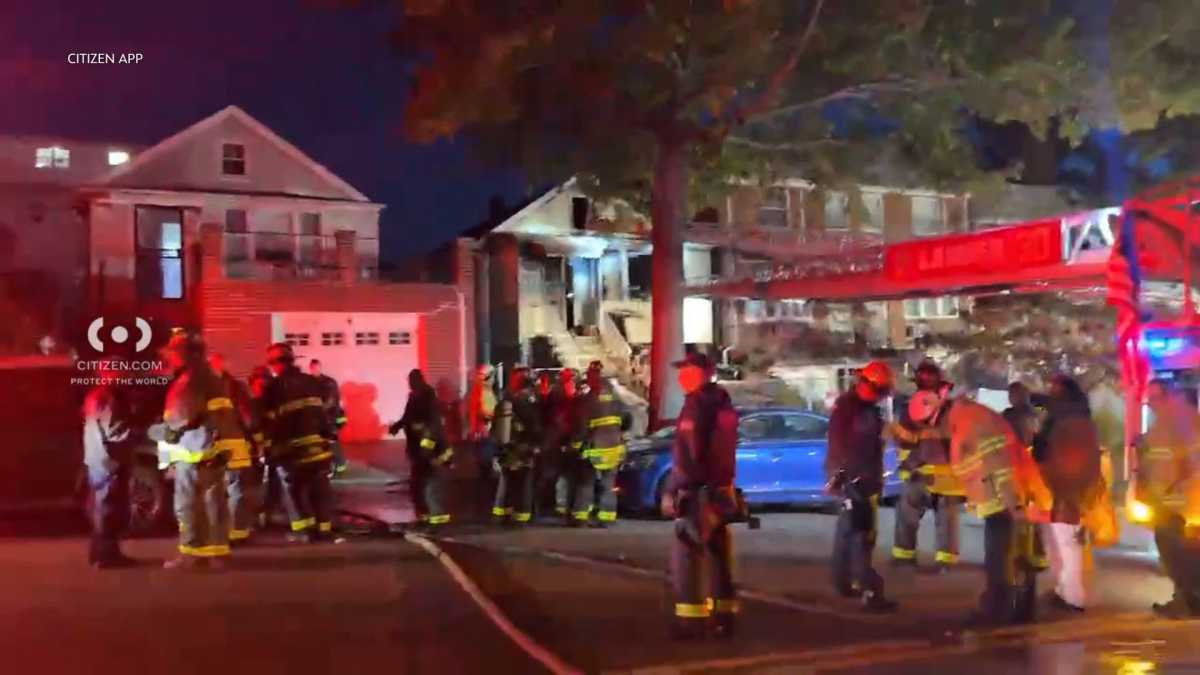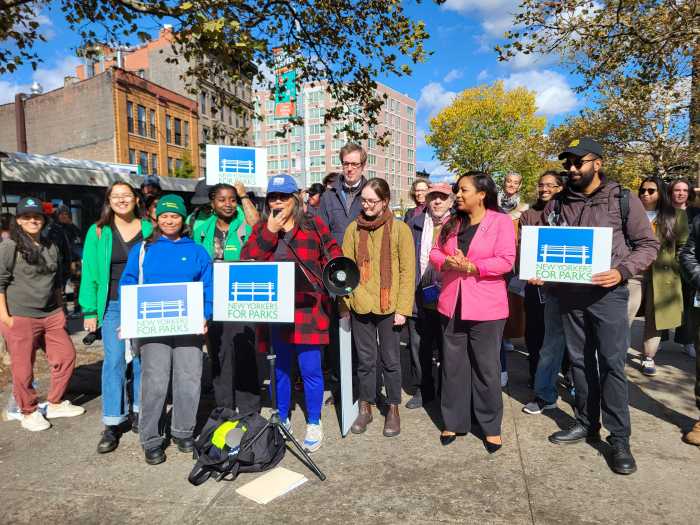Uber says it may effectively lay off thousands of New York City drivers if the Taxi & Limousine Commission (TLC) decides to raise minimum pay standards.
In a Monday evening blog post, the rideshare giant argued that the city’s first-in-the-nation minimum pay rules have made their service too expensive, leading to a decline in trip volume. Uber warned that further increases in pay would come at the cost of many drivers’ ability to use the app.
“It’s time for our governing bodies to wake up,” Uber’s senior economist, Rodrigo Moser, wrote in the post on Medium, which was shared with amNewYork Metro ahead of its publication. “You can increase prices all you want — but if fewer people are taking fewer trips, you end up hurting the people you’re trying to help.”
Uber doesn’t cite a specific number or percentage of its workforce that could be docked or a formula for how such mass layoffs would work, but a spokesperson for the company said that depending on the size of the increase, thousands of drivers could be permanently deactivated from the app.
The TLC is expected to announce new pay standards this month for drivers in “high-volume” services, which encompasses only Uber and Lyft. Uber is already pushing the TLC to lower “per-mile” rates paid to drivers by 6%, from $1.36 to $1.277; the company says pay should be reduced to reflect fewer costs borne by drivers, such as lower prices for gas and used cars, and an overall reduction in inflation compared to previous pay schedules.
What’s more, the company accuses New York City and State regulators of festooning riders with disproportionately high taxes and fees compared to passengers in other cities: 13.9% of fares for an average trip in New York go to these fees — such as a $2.75 congestion surcharge to enter Manhattan below 96th Street — compared to 9.2% in Chicago and just 1.3% in Boston, the company says.
Uber says average prices for Uber and Lyft fares are now 20% higher than they were in 2019. This culminates in a year-over-year decline in trip volume for the rideshare giants this September, the first since 2022. The highest declines were clocked in the Bronx, Staten Island, eastern Brooklyn, and southern Queens.
Unlike most cities that have adopted a minimum pay rule for rideshare drivers, New York relies on a complicated formula called the “utilization rate,” which measures how much time drivers carry passengers versus their total time on the road. If the utilization rate is higher, then drivers are supposedly picking up more fares, and the apps can pay lower per-minute and per-mile rates to their drivers under the city’s minimum pay rules.
Both companies have heavily criticized the utilization rate model and called on the city to revise its driver pay formula. But criticism is far from all they’ve done in protest.
On both Uber and Lyft, drivers this summer frequently found themselves “locked out,” unable to accept rides for hours or even days at a time; the TLC and drivers accused the companies of doing this to juice the utilization rate and, thus, reduce the amount of minimum pay needed to cover expenses like gas and car maintenance.
A city-brokered deal to end the lockouts only led Lyft to increase theirs even as Uber decreased its reliability on them, something drivers have called illegal collusion and urged federal regulators to investigate.
A spokesperson said the TLC expects to unveil its new pay rules and rules to prevent lockouts by the end of this year. The agency has also hired an independent analyst to study drivers’ expenses, and the spokesperson called Uber’s posting full of “cherry-picked data.”
What’s more, the drivers who are laid off could be the same ones the company “recklessly onboarded” in 2023 after the TLC lifted its for-hire vehicle cap, the agency says. Nearly 85,000 drivers were dispatched by Uber and Lyft this May, a more than 10% increase over February 2023.
“Uber recklessly onboarded thousands of drivers for many months, only to lock them out in an effort to pay them less. We haven’t yet introduced rule amendments, but they appear to be already threatening to deactivate the same hardworking drivers if they don’t get the results they want,” said TLC spokesperson Jason Kersten. “We have hired an independent contractor to study driver expenses, and we will see what that study finds before accepting cherry-picked data.”
Bhairavi Desai, executive director of the New York Taxi Workers Alliance, noted that overall vehicle expenses are up over 5%, while TLC data shows the percentage of fares paid to drivers for both Uber and Lyft has declined since 2019 — she accused the company of “lying” to the public ahead of the critical decision on pay regulation.
“Uber is straight out lying and using scare tactics to hold drivers hostage to poverty,” said Desai. “Uber relies on an oversaturated workforce to get an advantage in being the mode of transport that catches the fare. Uber needs the drivers. The show it’s putting on now is because they don’t want to pay the drivers. It’s pretty simple.”
Another driver group, the Independent Drivers Guild, noted that in a survey of its drivers this summer, the vast majority reported reduced earnings, increased stress, and trouble paying rent and bills this summer amid the lockouts, all while working longer hours on the road.
“Uber is dead wrong for trying to avoid paying drivers a minimum wage,” said IDG president Brendan Sexton. “No industry should be allowed to exploit workers by paying less than the minimum wage. Uber keeps grabbing more and more of the fare while they try to starve drivers.”






































